
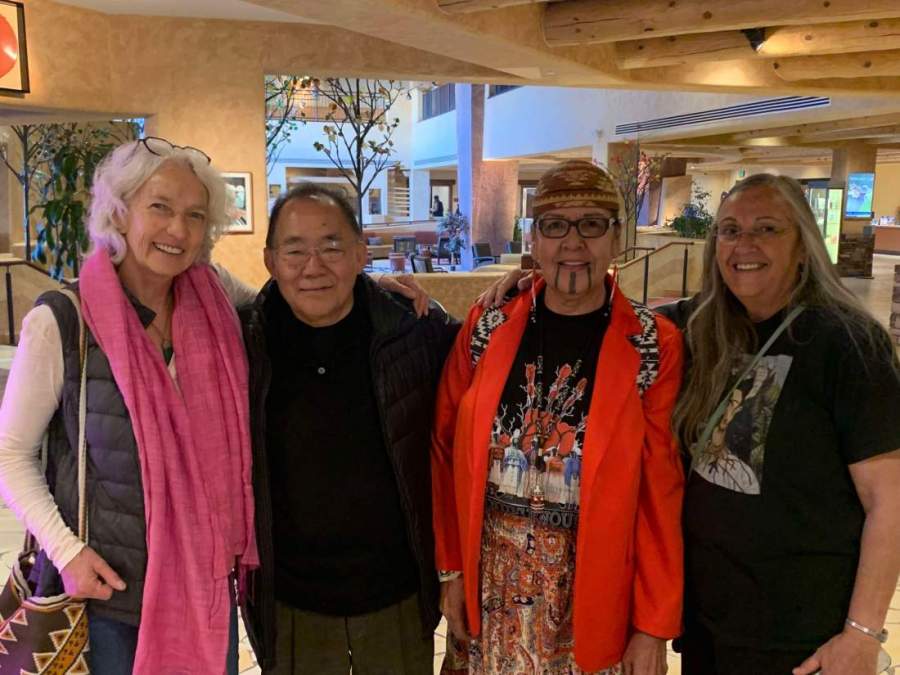
Dig B Tamang .If longitude and latitude map the physical world, festivals trace the cultural and spiritual journeys of its people. Many of the festivals celebrated across the globe are deeply rooted in mythological narratives. Hinduism and the festivals observed by Hindus are no exception, with traditions often stemming from ancient tales. In South Asia, some festivals have also evolved as reflections of societal structures, victories, and the narratives of the ruling classes.
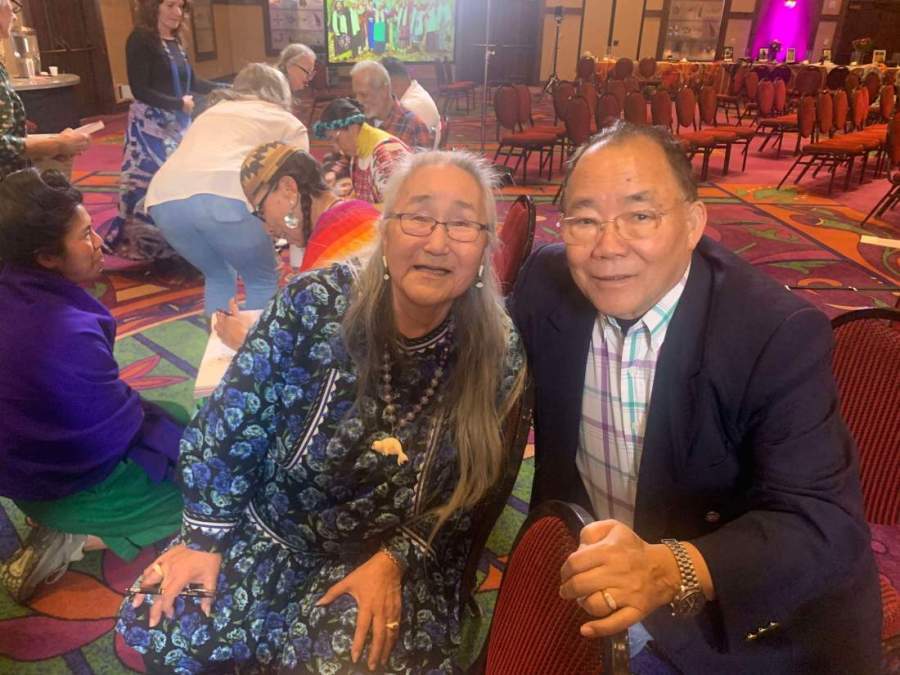
For instance, festivals like Ram Navami, Krishna Janmashtami, Navratri, and Ganesh Chaturthi hold mythological and cultural significance. Teej, a festival celebrated with devotion, is observed by women to honor the Sun God and seek blessings for a desired spouse. Another prominent festival, Chhath, involves offering prayers to the setting sun to fulfill one’s aspirations, as described in the Bhavishya Purana. Similarly, the story of the religious observance known as Swasthani Brata Katha, rooted in the Skanda Purana and divided into 31 chapters, narrates a tale of devotion and morality. Yet, scholars, as noted in the Pragya review, have argued that even within religious texts, the divine world is portrayed as rife with deception. Does this inspire modern humanity to embrace greed and immorality?
Among the historical figures who challenged such tendencies, Siddhartha Gautama stands out. He sowed the seeds of peace and enlightenment, rooted in reality and truth. The festival of Buddha Jayanti honors his life and teachings.
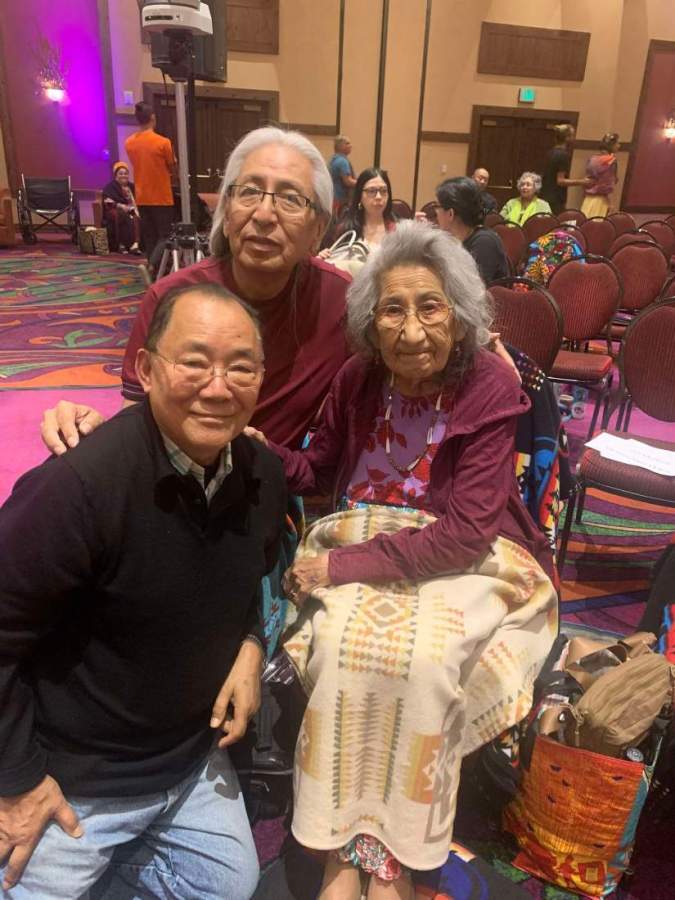
In his book Anthropology, Colton S. Coon, a renowned Harvard University professor, posited that humanity can be broadly categorized into three racial groups: Whites, Blacks, and Mongoloids. This classification, while controversial today, reflects an era’s perspective on humanity’s diversity.
Thanksgiving Day: A Tale of Gratitude and Loss
Years ago, I penned an article in the Nepali Post about the significance of Thanksgiving Day. This time, I delve deeper into its dual nature—both its light and shadow. Just as a coin has two sides, so does the story of Thanksgiving.
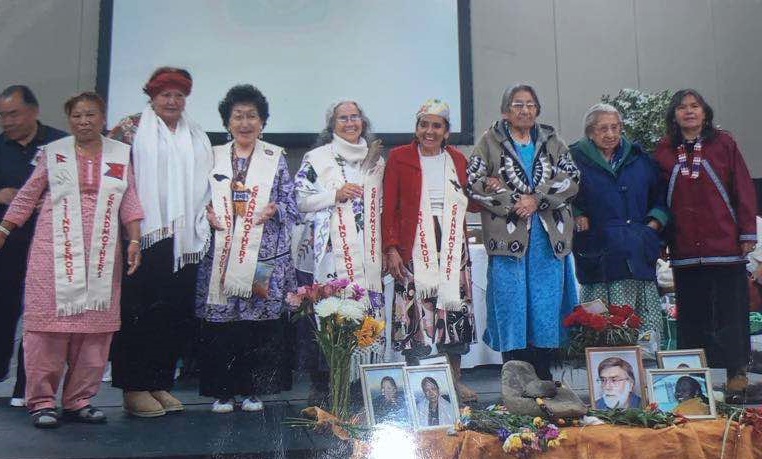
Archaeological evidence suggests that the Tamang people reached Nepal approximately 30,000 years ago, as detailed in records preserved at Moscow University. Similarly, during the Ice Age, our ancestors migrated from Asia to North America via the frozen Bering Sea, making the continent their home. These nomadic peoples thrived until October 12, 1492, when Christopher Columbus, seeking spices in India, inadvertently arrived in the Americas. This marked the beginning of a dark era for Indigenous peoples.
The establishment of the Virginia Company on May 14, 1607, heralded colonial exploitation. Native Americans, embodying hospitality, welcomed these newcomers, but their generosity was met with betrayal, as described by the Sanskrit proverb Paya: Paanam Bhujanganam Keval Vishavardhanam (A gift to a snake only strengthens its venom).
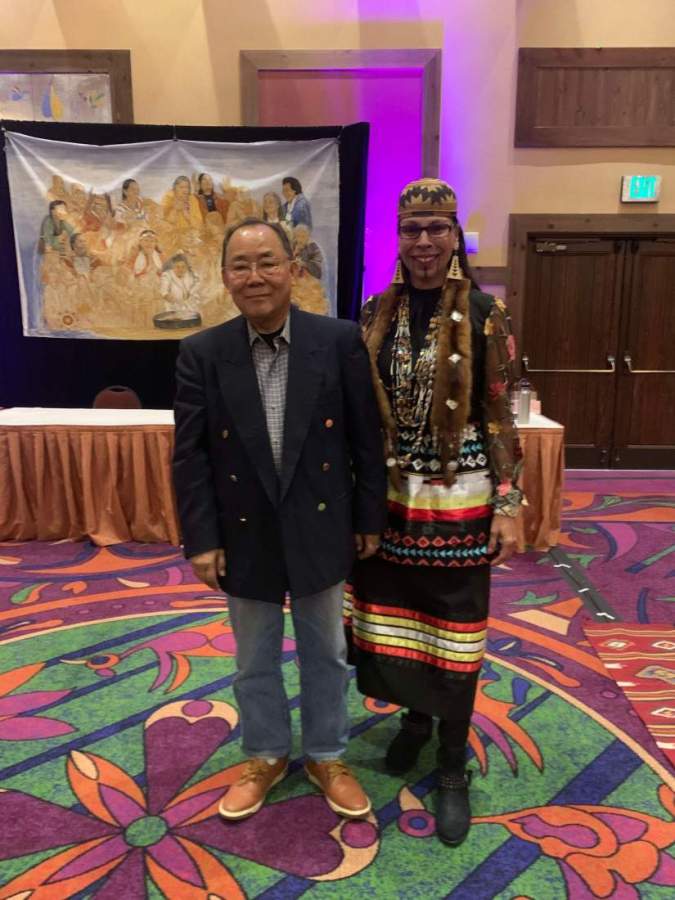
During visits to Native American reservations, I encountered elders such as Grandmother Alex Baker Pilgrim of Oregon, Margaret of Montana, and Dr. Rita Lubmstein of Las Vegas, among others. These wise women shared their perspectives on Thanksgiving, often with tears in their eyes. They viewed the celebration as a bittersweet reminder of stolen lands and lost freedoms. “The days of gratitude are also the days of our ancestors’ suffering,” they lamented.
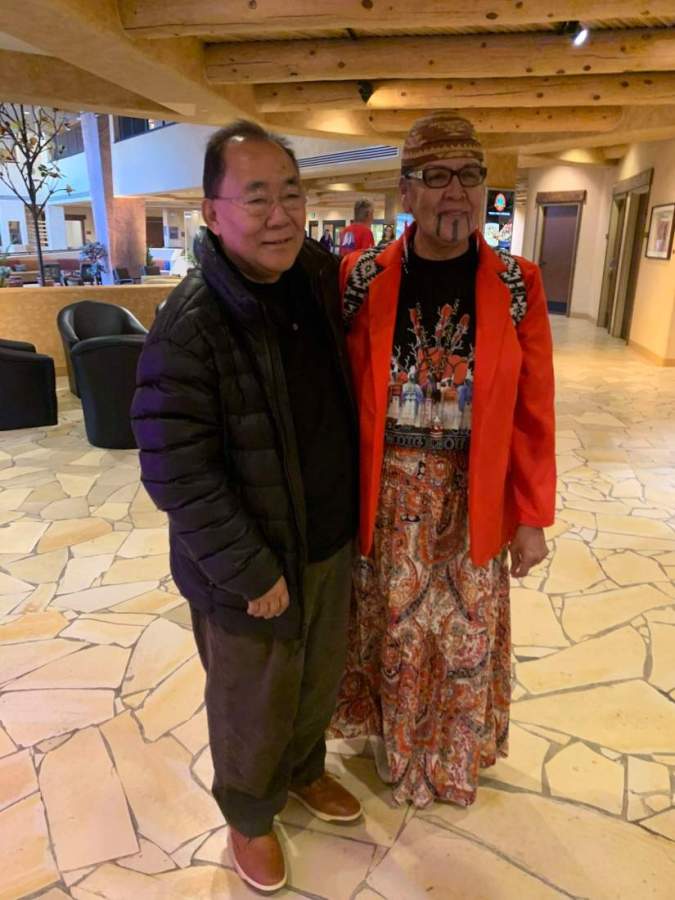
I reminded them of the first Thanksgiving in 1621, when settlers and Native Americans shared a feast. Is it wrong to express gratitude, even amidst historical injustices? These elders posed a poignant question: “Should we celebrate when our lands were taken and our people subjugated?”
Comment